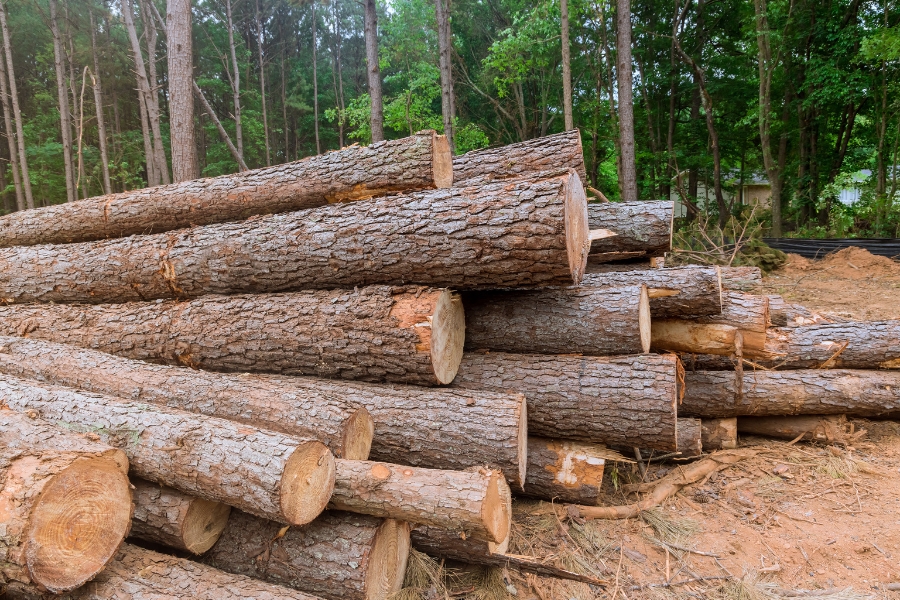When it comes to strong, durable, and resilient wood, two names that are often debated are ironwood and bengkirai. Both are popular in the world of construction and furniture, especially for outdoor needs that require extra durability. Not only are they strong, but these two types of wood are also known for their attractive appearance, making them a popular choice for premium projects.
Although they look similar at first glance, ulin and bengkirai wood have different characteristics, advantages, and disadvantages. So, before deciding which one to use for your project, it’s a good idea to examine the comparison between ulin and bengkirai wood. Who knows, after reading this, you’ll be more confident in choosing the wood that’s right for your needs and budget!
Comparison of Ironwood vs. Bengkirai
Before making a choice, it is important to understand the fundamental differences between ironwood and bengkirai. From color, strength, durability, to price, each has its own advantages and challenges. Let’s take a detailed look at the comparison between the two.
1. Durability and Resistance
Ironwood is often called ironwood because of its extraordinary durability. Its natural extractive content makes this wood resistant to termites, fungi, and extreme weather. Bengkirai is also a durable wood with good resistance to termites and weather. However, its durability is still below that of ironwood, especially in very humid environments.
2. Hardness and Density
Ironwood has a specific gravity of around 1.04 g/cm³, making it very dense and hard. This property makes it difficult to cut or shape. Bengkirai has a specific gravity of around 0.91 g/cm³. Although it is still classified as hardwood, bengkirai is easier to process, making it flexible for various construction and furniture projects.
3. Appearance and Color
Ironwood usually has a dark brown to black color with straight and dense grains, giving it a sturdy yet elegant look. Its character is suitable for designs that want to highlight a natural and classy feel. Meanwhile, bengkirai wood comes in more varied colors, ranging from yellowish brown to reddish brown, accompanied by a slightly rough texture. Its warm colors can give a luxurious yet natural impression.
4. Availability and Price
Ironwood is now classified as rare and protected, so its availability is limited and its price is quite high. Its very slow growth, requiring decades to reach harvest maturity, is one of the reasons for its scarcity. In contrast, bengkirai wood is much easier to find, especially in Kalimantan. Its abundant availability makes it more affordable, making it an economical choice without compromising quality.
5. Usage and Applications
Thanks to its strength and durability, ironwood is suitable for heavy-duty projects such as piles, bridges, docks, and building foundations in wet areas. Meanwhile, bengkirai wood, which is more affordable, is widely used for decking, fences, door and window frames, and roof trusses. Its flexibility makes bengkirai a versatile choice for both interior and exterior needs.
So, in essence, both ironwood and bengkirai have their advantages. If you are looking for super durability for heavy-duty projects and have a large budget, ironwood is the right choice. However, for wood that is strong, durable, easier to process, and budget-friendly, bengkirai could be the answer. Ultimately, the best choice depends on your needs, project location, and, of course, your budget.
Now it’s time for you to decide: Team Ulin or Team Bengkirai? Once you’ve made your choice, make sure to get it from Hojaya. As a wood distributor, we offer a variety of high-quality woods, from ulin, bengkirai, merbau, to processed wood for construction and decoration needs. With guaranteed quality and professional service, your project can be realized without worrying about materials.
Come visit Hojaya and find the perfect fit for your needs!

